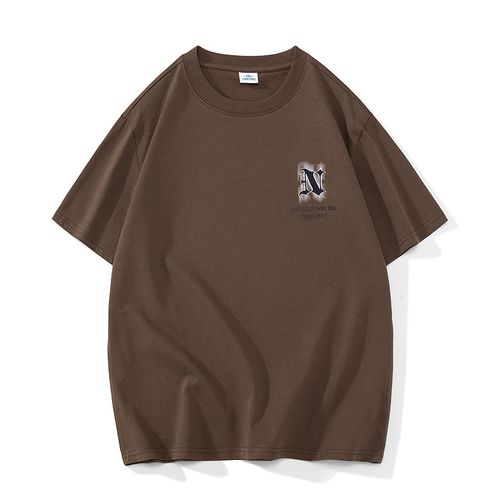When choosing baby clothing fabrics, we need to pay attention to some taboos, especially safety issues related to heavy metal dyes and chemical additives. The following are some related precautions:
1. Avoid using fabrics containing heavy metal dyes:
Heavy metal dyes such as lead, mercury, Cadmium, etc. have potential risks to the health of infants. These heavy metals may be absorbed into the baby’s body through the skin and have adverse effects on the nervous system and organ development. Therefore, when choosing baby clothes, you should try to avoid using fabrics containing heavy metal dyes.
2. avoid using fabrics treated with harmful chemicals:
Some fabrics may be treated with harmful chemicals such as formaldehyde, flame retardants, and azo dyes. These chemicals can cause skin irritation, allergies, and even long-term health issues. When choosing baby clothes, look for fabrics that are certified as free from harmful chemicals and are labeled as organic or eco-friendly.
3. Select natural and organic fabrics:
Natural and organic fabrics such as organic cotton, bamboo, and hemp are safer options for baby clothes. These fabrics are free from harmful chemical residues, less likely to cause skin irritation, and more breathable and comfortable for babies. Make sure to check for certifications like GOTS (Global Organic Textile Standard) when choosing organic fabrics.
4. Opt for hypoallergenic fabrics:
Babies have delicate and sensitive skin, so it is important to choose hypoallergenic fabrics that are less likely to cause allergic reactions. Fabrics like organic cotton and bamboo are known for their hypoallergenic properties and are gentle on the baby’s skin.
5. Pay attention to fabric certifications:
Look for fabric certifications such as Oeko-Tex Standard 100, which ensures that the fabric has been tested for harmful substances. This certification provides an added level of assurance that the fabric is safe for babies.
6. Consider the texture and softness of the fabric:
Soft and comfortable fabrics are essential for baby clothes. Look for fabrics that have a smooth texture and are gentle to touch. Avoid fabrics that feel rough, stiff, or scratchy, as they may cause discomfort to the baby’s sensitive skin.
7. Wash new clothes before use:
Regardless of the fabric type, it is always recommended to wash new baby clothes before use. This helps to remove any residual chemicals or irritants that might be present in the fabric.
When choosing baby clothing fabrics, it is key to ensure that the fabrics do not contain heavy metal dyes and harmful chemical additives. Prioritize natural, organic fabrics, avoid fabrics with high allergens, and pay attention to the texture and softness of the fabric. In addition, pay attention to the certification information of the fabric to ensure the safety of the fabric. Finally, be sure to wash new clothing before using it to remove any chemicals that may remain in the fabric. This ensures the baby’s health and comfort.






